One of three public hearings held by the Hancock City Council on June 21, 2017, concerned the question of whether Hancock's White Street, changed to one-way going uphill from downtown Hancock to US 41 in 2014, should remain one-way or be returned to two-way. (Photos by Keweenaw Now)
HANCOCK -- Concerned local residents filled the Council Chambers of Hancock City Hall on June 21, 2017, for a public hearing concerning the future status of White Street -- whether it should remain one-way going uphill from downtown Hancock to US 41or be returned to its previous two-way status. In 2014, the City of Hancock made the street one-way going uphill, chiefly because of safety concerns.*
Now that the re-paving of White Street is complete, the traffic lines painted this week indicate the one-way system is still in place, with bike lanes marked on both sides of the street (Cyclists can go both up and down the street) and one lane for vehicles going uphill from Hancock to US 41 (North Lincoln Ave.). A second blinking light has been added at the White Street - US 41 corner, where the street widens to allow both left and right turns onto the highway
Bill Marlor, City of Hancock Department of Public Works (DPW) director and an active cyclist, said he prefers keeping White Street one-way going up the hill for the safety of all the user groups -- pedestrians, cyclists and motorists.
"As a two-way street, the road isn't designed for the volume of traffic," he said. "The overwhelming majority of the users of White Street are people who live somewhere else and use White Street as a short cut -- regardless of whether it's one-way or two-way. If you need to improve the street, the City of Hancock would have to pay for it. The more use it gets the more expensive it is to replace it."
Marlor told Keweenaw Now yesterday that new bike symbols and signing will soon be added to the bike lanes on both sides of White Street.
Signs at the top of White Street, near the intersection with US 41, warn motorists of the one-way upbound street. Soon painted symbols and additional signs will be put in place to mark the bike lanes on both sides of the street. (Keweenaw Now photo taken July 12, 2017)
"We're trying to do something with painting at the intersections to make it safer for motorists coming up the hill and for the cyclists -- particularly at Finn and Ryan streets," Marlor said.
Residents express opposing views on White Street status
Hancock residents who spoke at the June 21 hearing and those who sent written comments expressed views on both sides of the issue. Many who spoke for keeping White Street one-way were concerned about safety issues, especially in winter, and the needs of pedestrians and cyclists as well as motorists. A bike lane going downhill was added in 2016.** Those who spoke for returning White Street to two-way mentioned convenience in reaching their homes or downtown Hancock; effects on Quincy Street businesses; and problems with increased traffic on side streets such as Scott Street, sometimes used as an alternate route from US 41.
Representing the Hancock Bike and Pedestrian Committee, Deborah Mann, a member of the Hancock Planning Commission, reminded the City Council and others present at the hearing that Hancock's Complete Streets ordinance and the Non-Motorized Transportation plan require the City to consider accommodating the needs of all roadway users of the roadways, including pedestrians and cyclists in addition to motorists -- as well as ADA (American Disability Act) compliance.
Hancock Planning Commission member Deborah Mann, representing the Hancock Bike and Pedestrian Committee, addresses the Hancock City Council during the public hearing on White Street on June 21, 2017. At right is Ron Blau, Ward I counselor. (Photos by Keweenaw Now)
Mann noted that, while returning to two-way traffic would result in a short cut for drivers coming from US 41, the increased traffic from cars going both up and down White Street would increase the risk of contact injury to pedestrians walking along White Street.
"The street is narrow for two lanes and the sidewalk is used frequently by pedestrians," Mann said. "It is a main corridor to Pat’s IGA from the south side of Highway 41. With two way traffic returning to White Street, intersections in the 100 and 200 blocks of Quincy Street, would become even more treacherous for pedestrians. The majority of residents at the Scott Building are elderly, and crossing with present traffic is difficult now but much improved from what it was three years ago."
Jerry Wuorenmaa, Western Upper Peninsula Planning and Development Region (WUPPDR) executive director, who commented as a resident rather than with the "hat" of his position, said he agreed with Mann that White Street should be one-way, especially for the safety of pedestrians and cyclists.
Pete Rynes, a resident of White Street, also spoke about safety issues.
"It's a short cut people use," he said. "As far as I'm concerned, what White Street has become is the unofficial highway."
Rynes said he did an experiment driving both the long route and the short cut on White Street and found the difference was only 50 seconds. He questioned whether that 50 seconds is worth the risks of increased traffic should the street be returned to two-way.
Susan Burack, a resident of the Scott Building, noted that the City of Hancock maintains White Street with residents' taxes, while US 41 is maintained by the State of Michigan Department of Transportation (MDOT).
Tom Vichich, who said he found the one-way on White Street inconvenient and admitted he did not know why the street was changed to one-way in 2014, asked the council members to consider two questions when looking for a solution: What is the real problem? and What are the unintended consequences of that solution?
During the public hearing, Tom Vichich comments on the inconvenience, for him, of having White Street one-way.
Becky Bruin-Slot, who lives in east Hancock, said she would like White Street to be returned to two-way for the convenience of getting to her house.
Bill Deephouse, who lives on Lake Avenue in Hancock, said he believed making White Street one-way was, and is still, a bad decision.
"Having White Street available for both up-bound and down-bound traffic allows cars coming from the north on US-41 to bypass the longer route past Santori’s Corner," Deephouse said. "They are able to either get to downtown Hancock faster or get back on US-41 and continue to Houghton and MTU. This is a big convenience and time saver for many. It seems to me that this change to eliminate down-bound traffic has had a negative effect on businesses in Hancock as well."
Hancock resident Bill Deephouse reads his comments to the Hancock City Council during the public hearing on White Street. Deephouse said he opposes the one-way system on White Street because of inconvenience.
Deephouse also noted the congestion on Hancock Street makes it difficult, even dangerous, to cross this street, especially during morning and evening rush hour traffic.
"Those of us living south of Hancock Street (US-41) have to cross this street to get to our homes on Water Street, Lake Avenue and some of the apartments on the east end of Lake Avenue," Deephouse said. "There are several businesses on the west end of Water Street as well as Finlandia’s Jutila Center. All of these people have to cross Hancock Street and most use the Dakota Street crossing."
Allyson Jabusch of Hancock questioned the need for a short cut when safety is at stake.
Hans Lechner, who lives on the corner of Scott and Elm streets, gave his reasons for returning White Street to two-way.
Another resident of White Street, Robert Stites, a Hancock police officer, said making White Street one-way has saved at least 40 accidents. He said he hopes the Council will decide to keep White Street one-way "purely for safety."
Hancock police officer Robert Stites, a resident of White Street, warns that returning White Street to two-way will increase the number of accidents.
Barbara Bouwkamp, who lives on Wright Street, said having White Street one-way has allowed her to exit her parking space. She said she hopes the City will keep the street one-way.
Barbara Bouwkamp speaks about both safety and drainage issues on White Street.
"It's unsafe to be two-way," Bouwkamp said.
She also mentioned some drainage issues -- concerns about storm water under the street.
Bill Marlor told Keweenaw Now the DPW is addressing the drainage with additional storm sewer improvements on White Street.
Terry Munson, who has a rental property on Wright Street with parking on White Street, expressed his concern for the safety of pedestrians, especially in winter, when the sidewalk width is very narrow. He also mentioned that cars tend to accelerate going up the hill, endangering pedestrians.
Terry Munson speaks about safety issues on White Street.
"I'm in favor of keeping White Street one-way," Munson said. "I don't care if it's up or down -- for safety reasons mainly."
If the decision is to keep White Street one way, the 25 m.p.h. speed limit needs to be enforced, Munson added.
Dorothy Jamison of Roosevelt Street said the speed limits are not enforced on side streets. She said she would like to see White Street returned to two-way because of the increased traffic, going too fast, on her street as well as on other side streets, which are not designed for this kind of traffic.
Dorothy Jamison, who lives on Roosevelt Street, notes the increased traffic and speeding past her house since White Street has been one-way.
Elm Street resident Kayla Holmstrom gave several examples of increased traffic on her street and other side streets in her neighborhood, especially at 7:30 a.m. and after school. She said she didn't know why White Street became one-way, but she would like to see it return to two-way traffic to relieve the congestion on side streets.
Elm Street resident Kayla Holmstrom describes problems with increased traffic in her neighborhood and expresses her wish to have White Street returned to two-way traffic.
Susanne Boxer, a resident of Navy Street, asked the City Council members to consider funding a professional study of the city street traffic before making any decision on White Street. Jason Somnerville of Quincy Township also asked the Council to take more time and investigate more options -- possibly even preventing traffic from going up and down White Street at all.
Hancock Council members discuss White Street issues
During the regular Council meeting following the public hearing on White Street, Hancock City Council members discussed reasons for White Street issues and possible solutions.
Ron Blau, Ward I councilor, said he believed the people should decide whether to keep White Street one-way or return it to two-way. He said he would like to see it come to a vote or millage.
"There's no denying there's a problem," Blau said. "That's why the public is here."
Hancock Mayor Lisa McKenzie noted that White Street isn't built to carry the amount of traffic that returning to two-way would entail.
Paul LaBine, Ward III councilor, said he would like to have a traffic study done to see if the two-way is feasible.
Dan Seguin, Ward II councilor, who lives on Elm Street, said he thought at first that the one-way was inconvenient but became accustomed to it and appreciates the need for safety, although he would prefer it to be two-way.
Ted Belej, Mayor Pro-Tem and councilor at large, said the one-way change was for safety and then for the construction. It is hard to make any decision now because of the ongoing construction on Hancock streets, he added.
John Haeussler, councilor at large, who recently returned to the Council to occupy the seat left vacant by Mary Tuisku, who passed away recently, noted from his previous terms as councilor that the reason White Street is an issue now is that previous Councils ignored it.
John Haeussler, who served on the Hancock City Council previously, was welcomed back during the June 21, 2017, meeting as he returned to fill the seat left vacant by the recent death of long-term Hancock Councilor Mary Tuisku.
"Philosophically White Street doesn't make sense," Haeussler said. "We're left with a situation where our tax base is paying people outside of our tax base (the cut-through traffic) to circumvent our city and our businesses."
Haeussler said White Street is not being used mostly by Hancock residents. He said his biggest disappointment with the one-way change was the increase in uphill traffic -- cars going uphill on White Street as a cut-through only and missing the business section. The ideal solution, he added, would be to limit the city streets to "local traffic only." He said the city has a responsibility to residents to use their taxes wisely and a responsibility to business owners and residents to keep traffic on the trunk lines as much as possible.
Haessler concluded from the hearing (admitting this is an oversimplification) that what he heard from people who preferred two-way was that it was a matter of convenience and from those wanting to keep it one-way that it was a matter of safety. And his view was that "safety trumps convenience."
Notes:
* See our June 22, 2014, article, "Hancock City Council approves one-way street changes."
** See our Aug. 30, 2016, article, "Hancock bike lane on White St. allows cyclists to ride against one-way motorized traffic."
















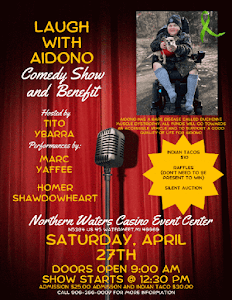





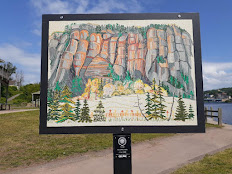





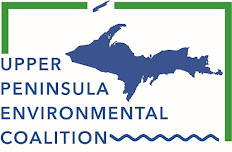

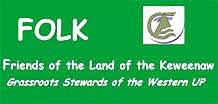
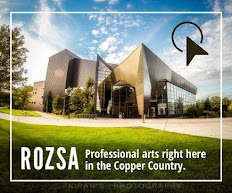


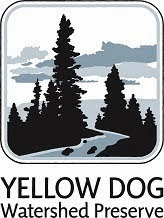















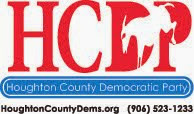




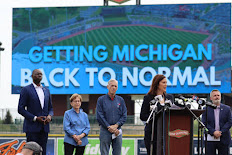




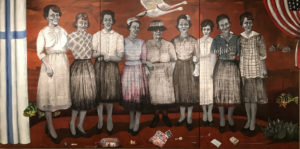
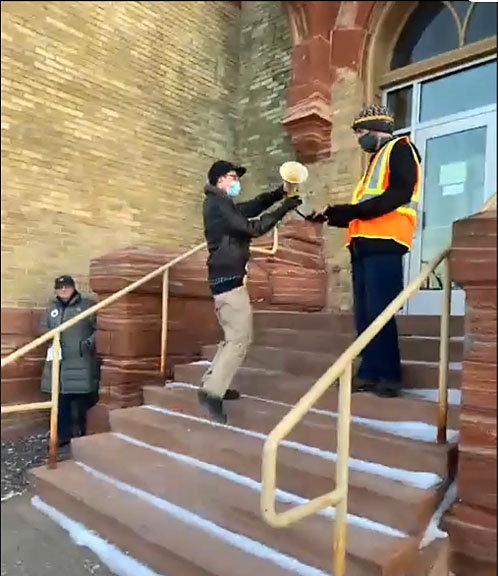




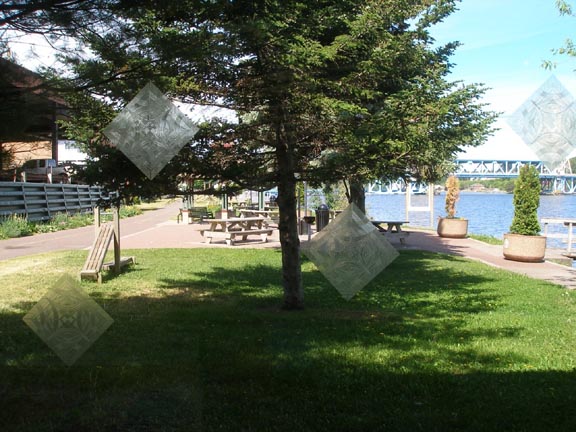







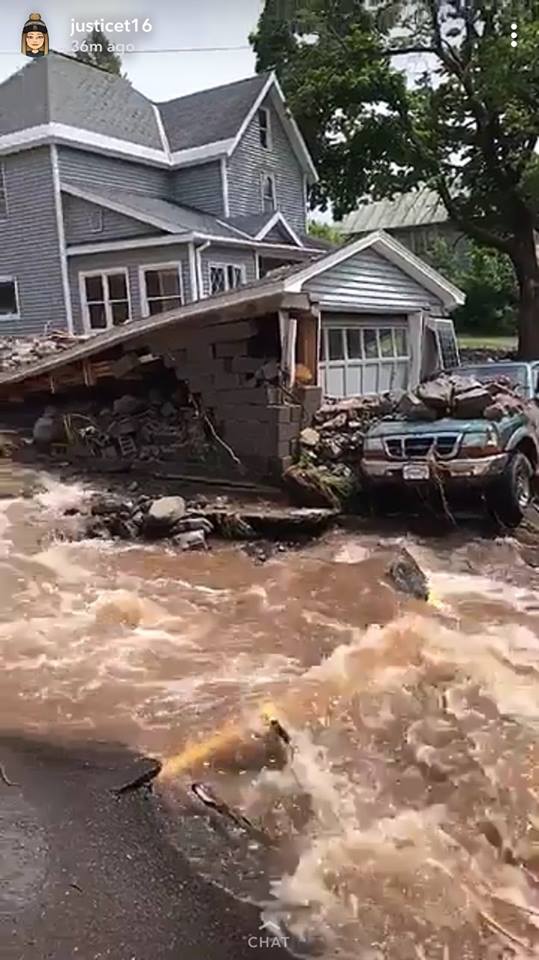


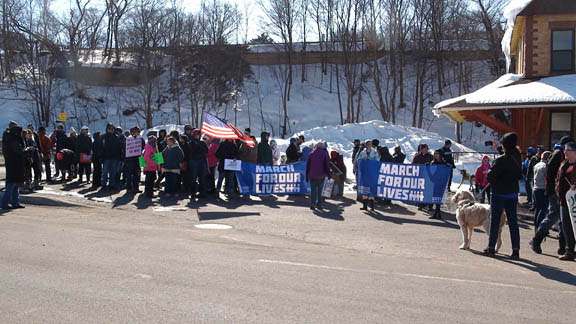
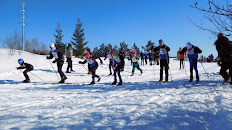

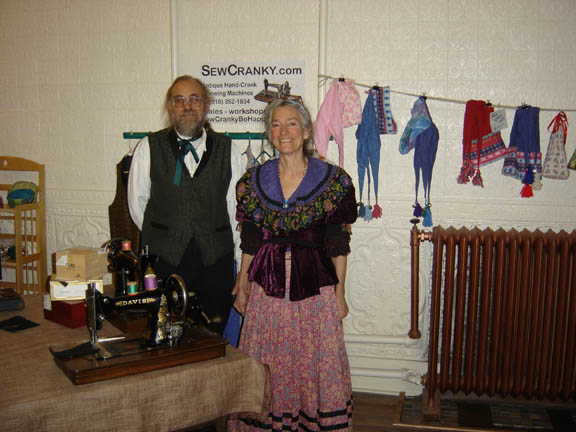
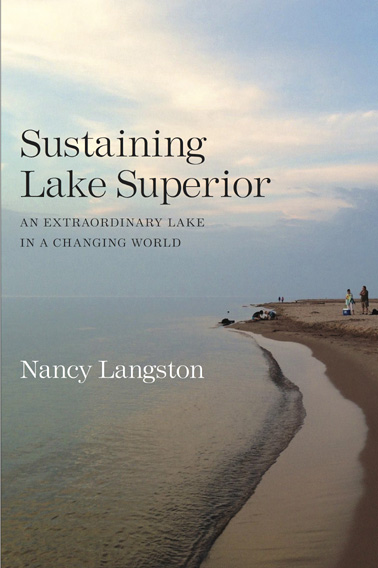





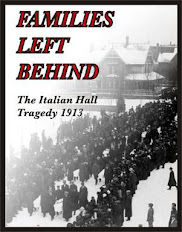


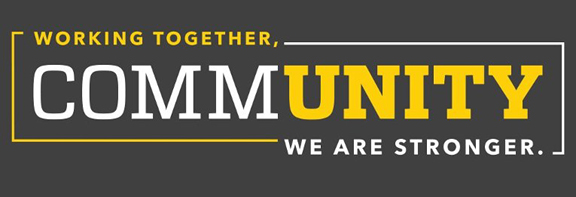
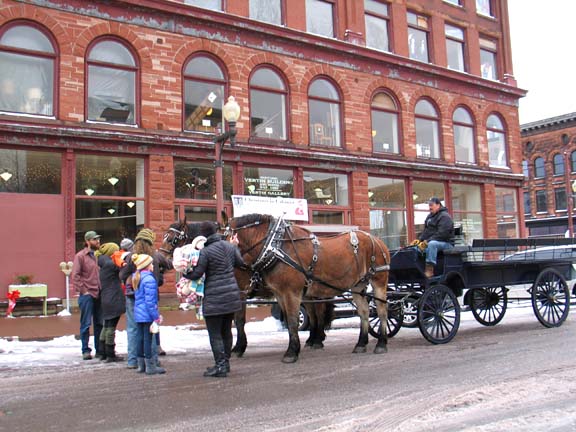

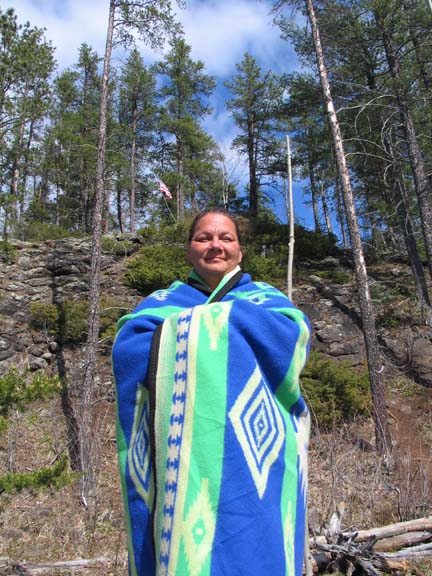


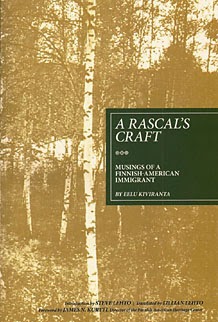

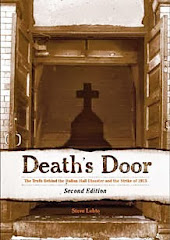









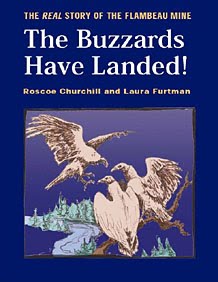



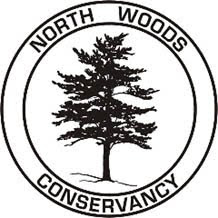









No comments:
Post a Comment